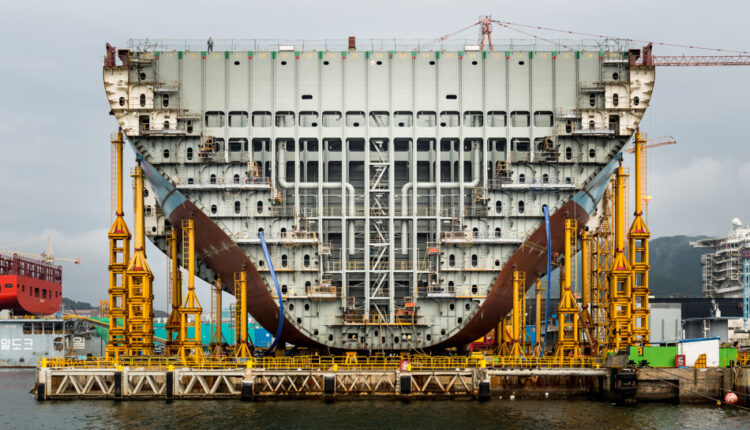The world today faces a major challenge: climate change, which threatens human life. Liquid hydrogen, a clean fuel that produces only water vapor when burned, is one of the great hopes for addressing this issue. This fuel can be used in transportation, heavy industries, and power generation, paving the way for a greener world. However, transporting liquid hydrogen on a large scale is a complex challenge requiring advanced technologies. South Korea, with a new initiative, has announced plans to build the world’s largest liquid hydrogen carrier ship, a project unveiled on May 13, 2025, which could inspire Iran to take steps toward clean energy.
Liquid hydrogen has garnered global attention due to its unique properties. Stored at extremely low temperatures, around -253°C, its transportation requires specialized equipment. Unlike oil and gas, which produce harmful pollutants, liquid hydrogen is entirely clean and can replace fossil fuels in hard-to-decarbonize industries like shipping, aviation, and steelmaking. However, moving large quantities of hydrogen across the globe demands specially designed ships capable of transporting it safely and efficiently. South Korea, recognizing this need, has launched a project to build ships with a capacity to carry over 80,000 cubic meters of liquid hydrogen—several times the capacity of current experimental vessels like Japan’s Suiso Frontier, which carries only 1,250 cubic meters.
Led by South Korea’s Ministry of Trade, Industry, and Energy, and in collaboration with major shipbuilding companies like Hyundai Heavy Industries and Samsung Heavy Industries, this project aims to develop ships equipped with insulated tanks to maintain hydrogen at ultra-low temperatures and prevent evaporation. Given hydrogen’s high flammability, advanced safety systems will be integrated to prevent leaks or explosions. The first of these ships is expected to be operational by 2030. This initiative is part of South Korea’s broader goal of achieving full decarbonization by 2050, positioning the country at the forefront of the fight against climate change and offering valuable lessons for Iran.
South Korea’s initiative is significant not only environmentally but also economically and technologically. The global hydrogen market could reach over $1 trillion by 2050, and South Korea aims to capture a significant share by investing early in hydrogen transport infrastructure. These ships will transport liquid hydrogen from countries like Australia, which has high potential for producing green hydrogen using solar energy, to major markets in Europe and Asia. This will create new job opportunities in technology and shipbuilding and reduce South Korea’s reliance on oil and gas imports. Technologically, the project will position South Korea ahead of competitors like Japan, Germany, and Australia in the hydrogen sector. Iran, too, could draw inspiration from this model and strengthen its position in the global clean energy market by investing in similar technologies.
Despite its promising outlook, the project faces challenges. Producing, storing, and transporting liquid hydrogen remains more expensive than fossil fuels, and cost reduction requires further innovation and large-scale production. The world also lacks sufficient infrastructure for widespread hydrogen distribution, from ports and terminals to refueling stations. Safety is another major concern, as any design flaws in the ships could be hazardous. To address these issues, South Korea has devised a comprehensive plan involving government subsidies, international cooperation, and investment in research and development.
Iran can take inspiration from this project to advance toward clean energy and become a key player in the hydrogen market. The future of energy lies with those who act today for innovation and sustainability. Are we ready to play a role in this green revolution? The answer depends on the decisions we make today, but it is clear that liquid hydrogen could be a shining star in Iran’s energy future.

